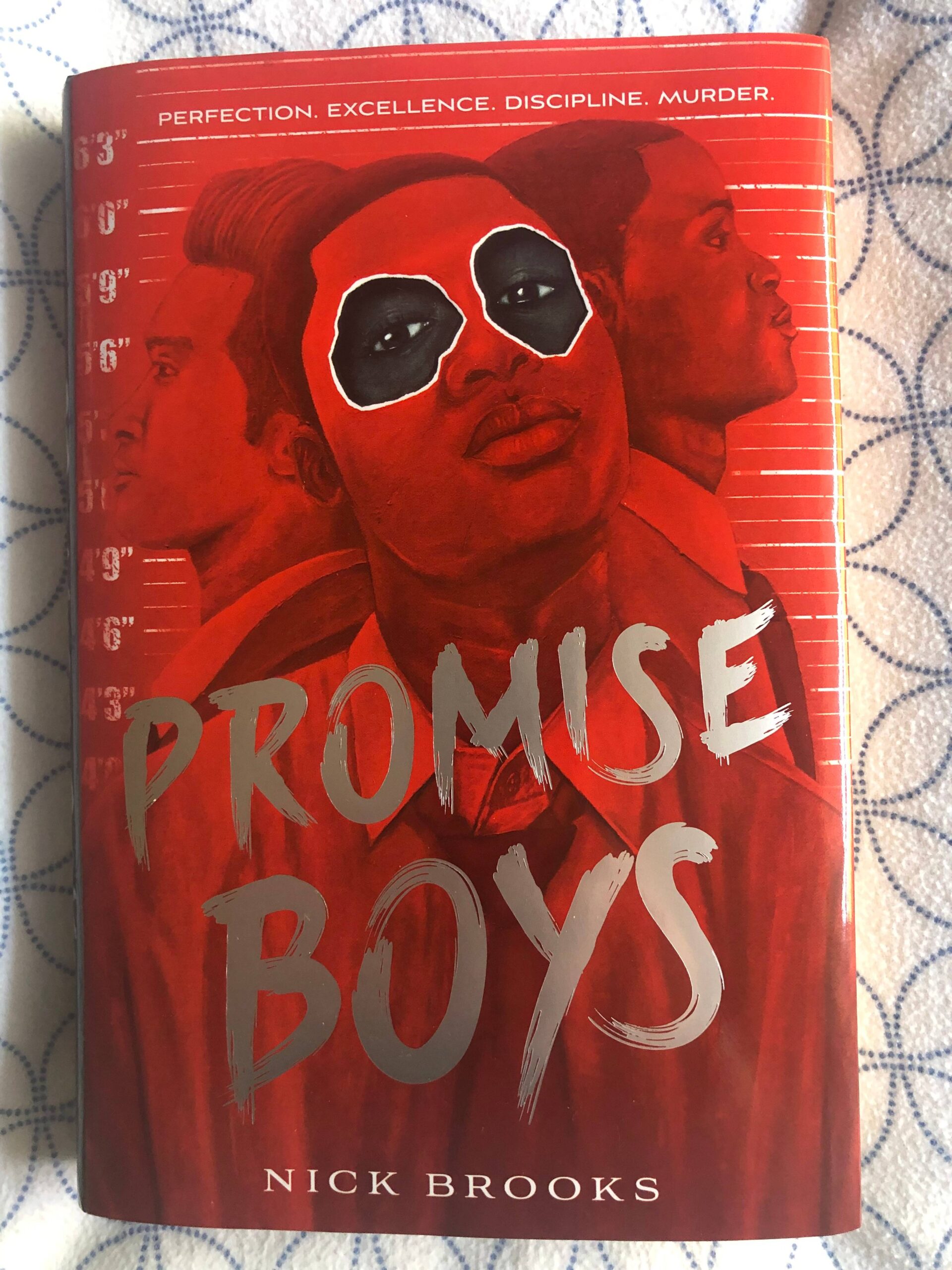You can’t actually make all students talk during a Socratic Seminar. They have free will and autonomy and sometimes, they just aren’t going to speak up. So how do we go about preparing for a socratic seminar?

We can guide many students into participating—including many who don’t typically want to talk during discussions—by making sure they are prepared.
When students have ideas, evidence, and questions ready-to-go, it is much easier for them to jump into a class discussion. They no longer have to come up with a good idea on the spot; rather, they need to listen for an opportunity to share the good ideas they already have.
You’ll find that student engagement and participation soar when students have the following at their finger tips:
- Relevant text evidence
- Initial ideas on the topic
- Questions to probe deeper thinking
They can chime in refer to specific parts of the text to add on to a classmate’s idea.
They can start the discussion with their initial thinking.
They can move the conversation past lulls with a new question.
As a popular anchor chart declares, this keeps discussions GOING and GROWING.
Your Lesson Plan Before the Seminar
Carve out time to prepare prior to each Socratic Seminar. Pose the guiding question for the Seminar and then challenge students with the following tasks:
- Go back into the text and gather 5-10 pieces of text evidence that are connected to the guiding question. Mark them or write them down.
- Keeping the text evidence in mind, write one to two paragraphs processing your initial response to the guiding question.
- Write 3 to 4 questions that dig deeper into the topic that you want to ask your classmates.
This helps all students: the quiet ones and the verbose. Quieter students will be more confident and eager knowing that they have good ideas ready to go. More talkative students will share refined (and higher quality) ideas given that they have already had processing time.

It’s this level of preparation that led my students to nearly 100% participation in our half-class Socratic Seminars on Persepolis by Marjane Satrapi. I keep a conversation web of every Seminar and as you can see from the hand-sketched, un-fancy, a little bit messy image, every student participated at least once. Even better, they all participated in a meaningful way by using text evidence, asking probing questions, or responding to a classmate’s question.
Get Your Graphic Organizer
Give this a try during your next Socratic Seminar or big class discussion. If you’d like help, take a look at Socratic Seminar Preparation Graphic Organizer. It prepares students by guiding them to collect evidence, complete a free write, craft their own questions, and finally answer two of their own questions. Includes a print and digital version!
“Well-made resource! It made helping my students prepare for the Socratic Seminar really easy. The handout is easy to use and organized.” -Nicole W.
There is no magic wand to make every student talk during a class discussion, but ensuring students feel confident and even excited to share their ideas goes along way towards 100% participation. Bonus: if a student does not talk but still completes the graphic organizer, you’ll know that they have thought deeply about the topic. You’ll even have their deep thoughts in writing, allowing you to assess and provide feedback on their thinking work.
Get started by reserving one class period before your Seminar for students to fill out the graphic organizer. Let them bring their completed graphic organizers to the Seminar and then sit back and observe your students lead a discussion full of relevant evidence, nuanced ideas, and deep meaning. You can get used to this!


